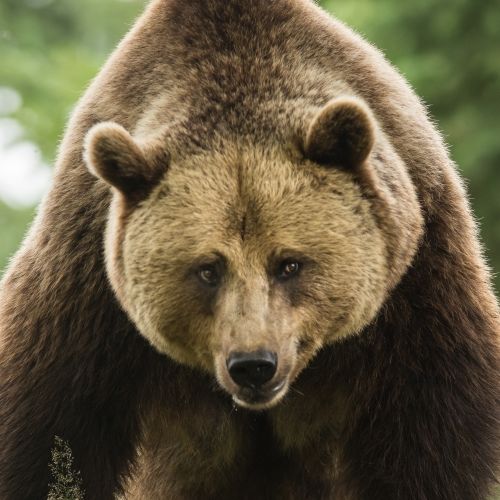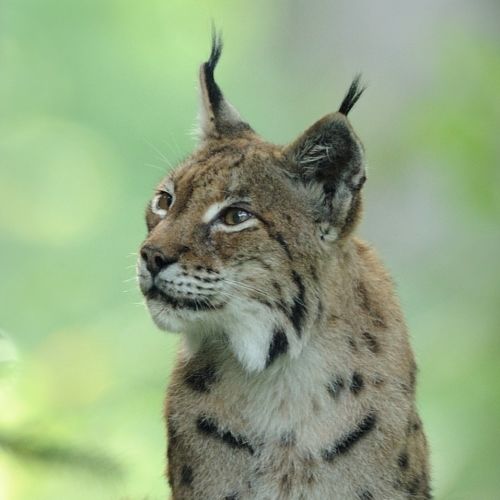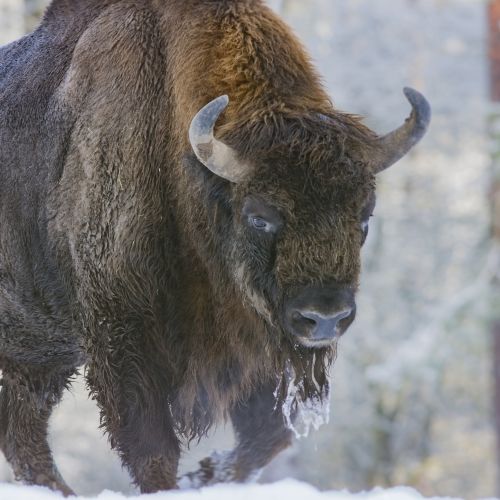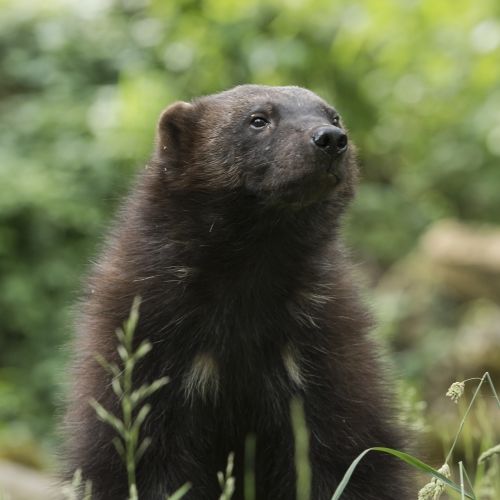The wild boar
Last night the forest resonated with the pitter-patter of raindrops falling onto the forest floor... The last drops of rain roll like translucent pearls on the leaves, their lush, wax-like green hue glistening in the first golden rays of sunlight. Lightly, yet somehow mesmerising in their descent, they fall and hit the mirrored surfaces of the tranquil puddles. Suddenly we catch a glimpse of the boar sounder between the trees, with the feral boars hobbling along and clumsily weaving their way between the trees. Their pace is unhurried, and most of the time their snout is buried in the ground, searching for some sustenance. With their thick bristles, small brown eyes and an elongated, long snout, the wild boars are quite an impressive sight.
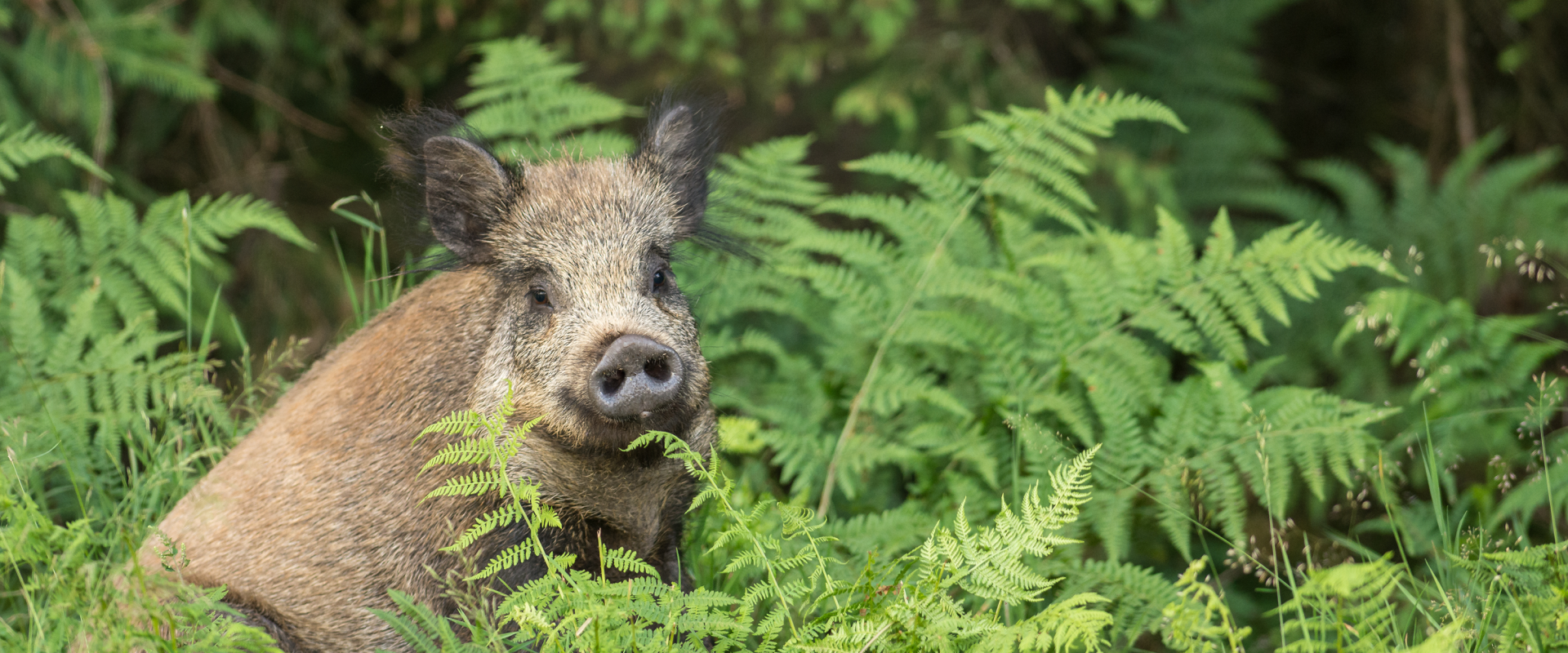
The guardian of our forests
Symbol of the the Ardennes, the boar populates its deep forests. But that definitely doesn't mean that it is easy to spot one! Originally a diurnal animal, over the course of years the boar evolved into a nocturnal animal to avoid being disturbed by man.
The boar spends a large proportion of the night foraging for food. This burrowing animal is blessed with an extraordinary sense of smell. It scratches the soil to find its food, sometimes it will even completely dig up the ground with its groin. Because of this behaviour, the boar plays an important part in the ecosystem. By ploughing forest soils, it encourages the growth of vegetals; it also cleans up decaying carcasses, limiting the spread of diseases! Another distinguishing trait typical to this imposing animal: it sports tusks that will continue growing its whole life. During the mating season, the males will fight fierce battles using their tusks, sometimes causing each other severe injuries.
The boar is considered an invasive species and is profusely hunted by man.
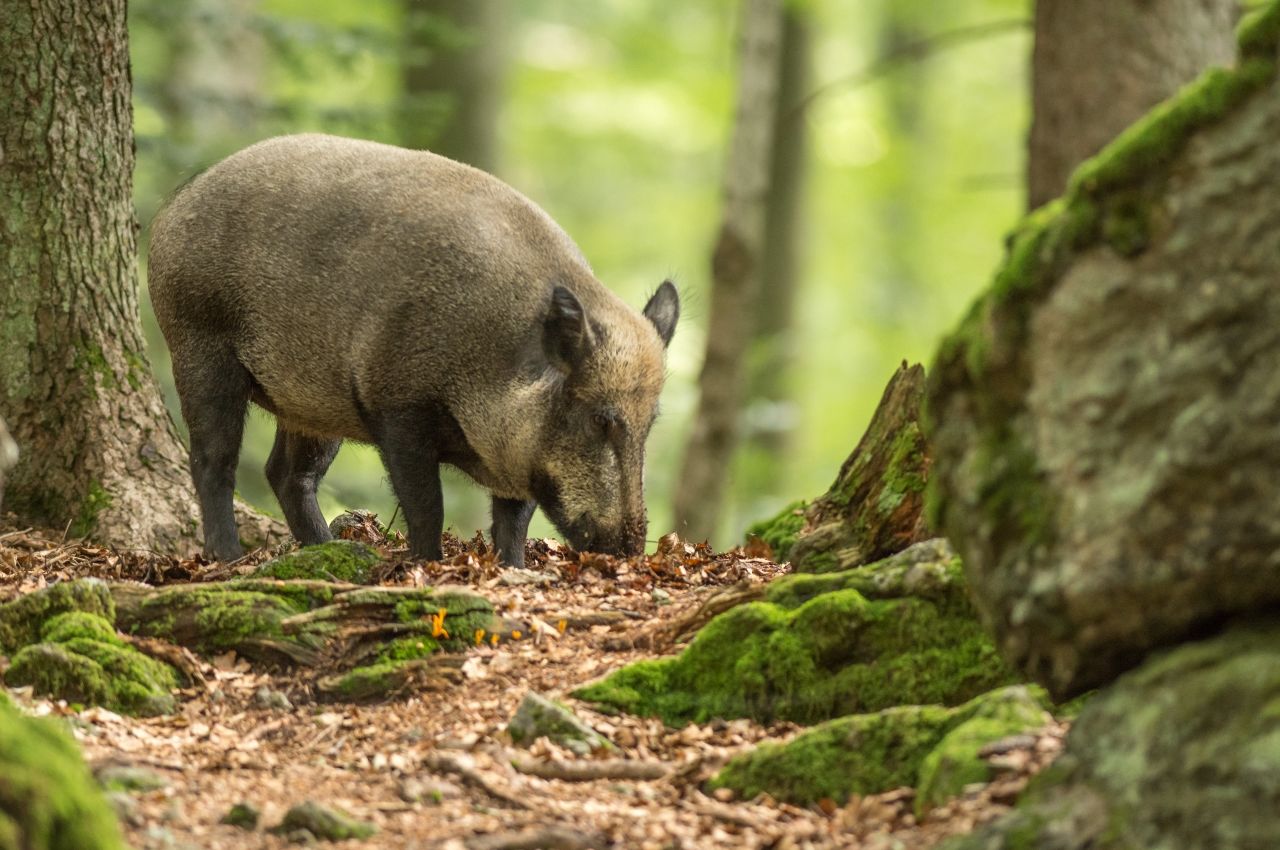
Social life
The adult male is solitary while the female lives in a drift with several other wild sows and boarlets. The rutting period stretches out from October to January and the gestation period is 3 months, 3 weeks and 3 days. In the spring, the sow will give birth to 1 to 10 boarlets!
Did you know that?
The boar's tail posture is indicative of it's mood: when it is calm the tail will simply be hanging down, but if a boar is scared or angry its tail will be held upright.
Boars dont' sweat, they will roll about (or wallow) in muddy pools (also known as 'wallows') to coat their bodies with mud. The mud's thermoregulating properties allows them to keep cool but also rids them of parasites.
The boar is an extremely opportunistic omnivore: it will eat forest fruit, plants, tubers, cereals, mushrooms, small mammals, insects, birds, worms...
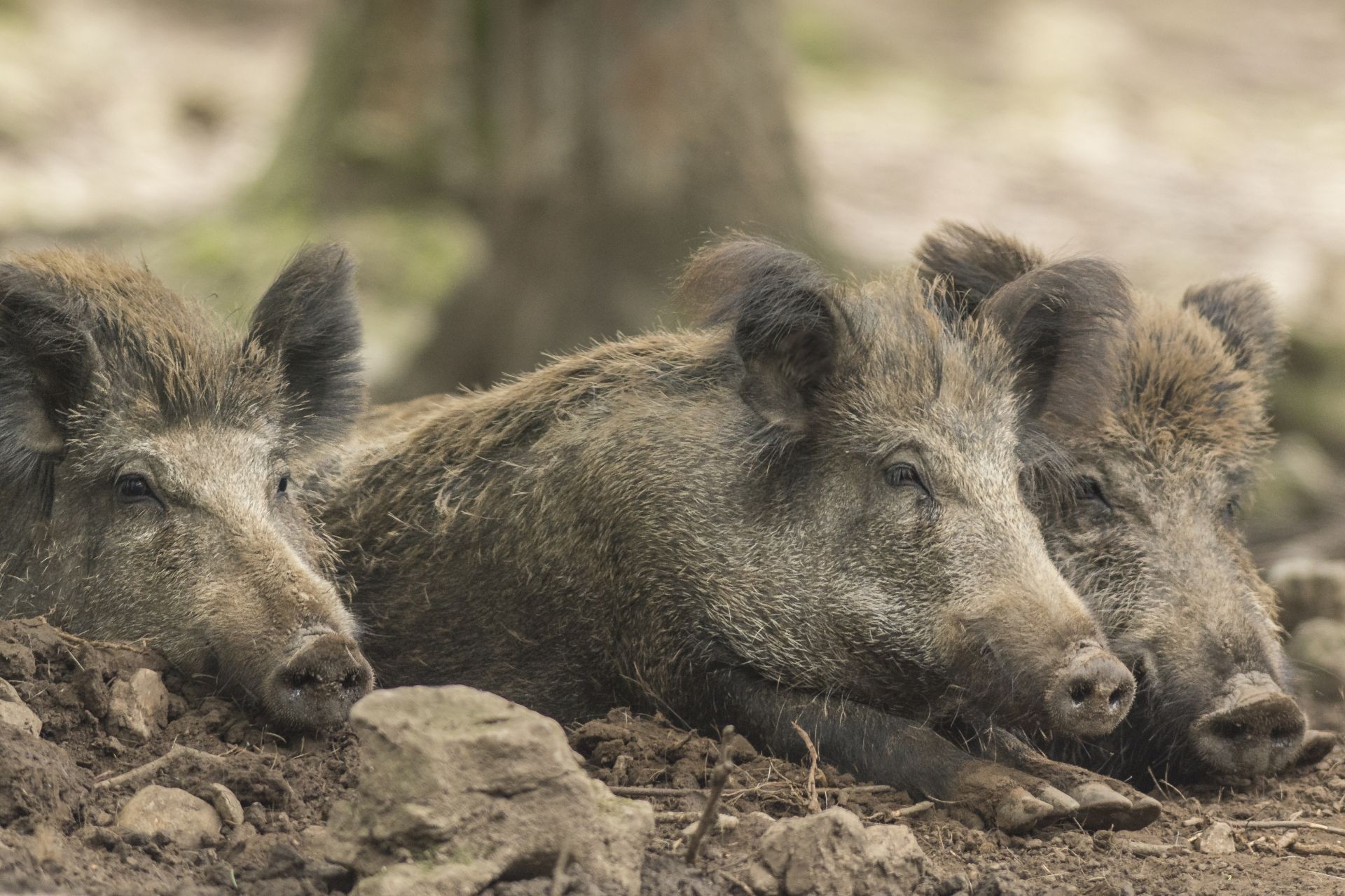
Discover the European Big 5
The bison, the wolverine, the wolf, the lynx and the brown bear
